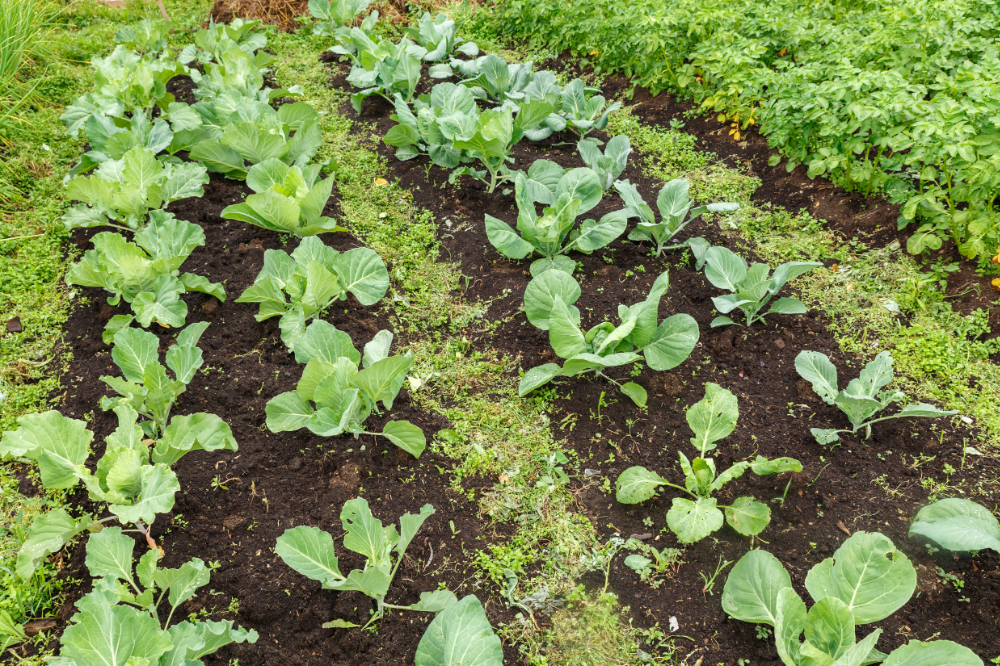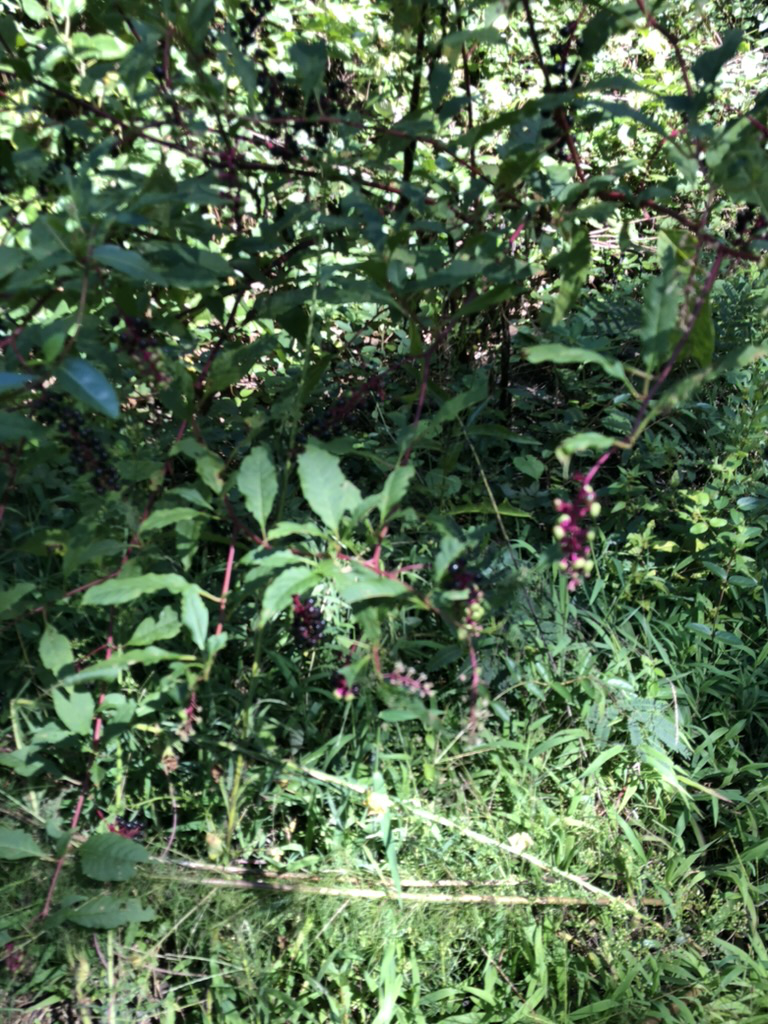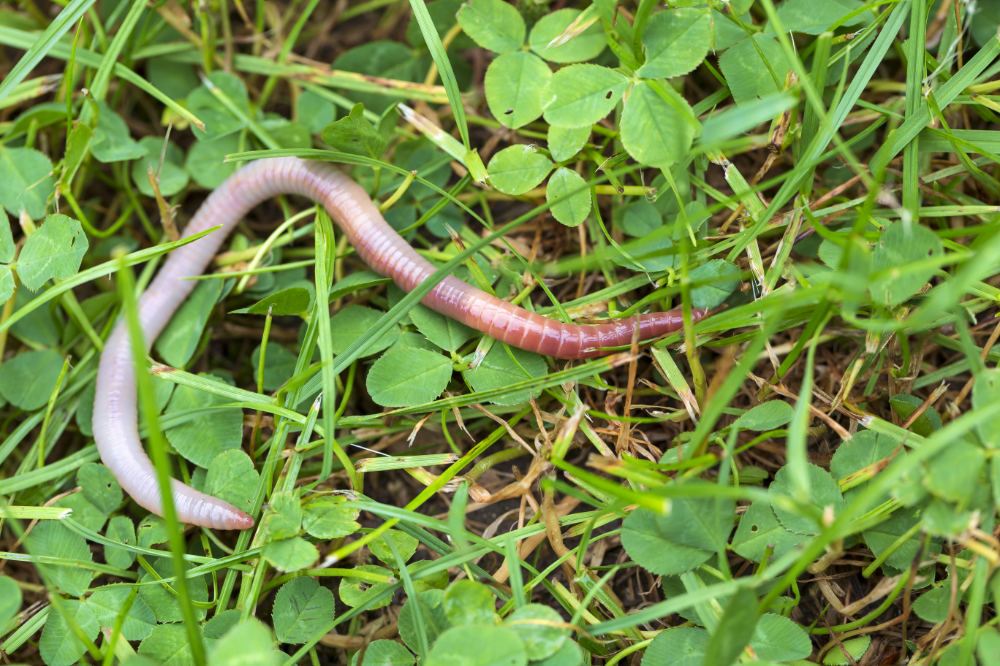In the pursuit of self-sufficiency and sustainable living, off-grid gardening stands as a symbol of independence and nourishment. Growing your own food without relying on electrical tools or equipment is not only possible but deeply rewarding. In this article, we’ll explore the planning, creation, and nurturing of an off-grid garden that provides nutrient-rich produce while minimizing your reliance on external resources.
Planning Your Off-Grid Garden:
Site Selection: Choose a location with ample sunlight, good drainage, and proximity to your off-grid home. Observe the microclimates within your property to determine the best spots for different crops.
Garden Layout: Plan your garden layout carefully, considering factors like crop rotation, companion planting, and the efficient use of space. Raised beds, container gardening, or traditional rows are all viable options.
Water Source: Ensure access to a reliable water source for irrigation. Rainwater harvesting systems and hand-dug wells are excellent off-grid choices.
Soil Enrichment:
Composting:** Establish a composting system to create nutrient-rich organic matter for your garden. Composting is a natural way to recycle kitchen scraps and yard waste into valuable soil conditioner.
Mulching: Implement mulching techniques to conserve soil moisture, suppress weeds, and improve soil structure. Use materials like straw, leaves, or grass clippings.
Seed Selection and Saving:
Heirloom Varieties: Choose heirloom or open-pollinated seeds to ensure genetic diversity and the ability to save seeds for future plantings.
Seed Saving: Learn the art of seed saving to reduce reliance on external seed sources. Collect, dry, and store seeds from your garden for the next growing season.
Organic Pest and Disease Control:
Companion Planting: Utilize companion planting techniques to deter pests and enhance crop health. Certain plants naturally repel insects or attract beneficial insects.
Hand Methods: Regularly inspect your plants for signs of pests or disease. Handpick insects or use physical barriers like row covers to protect your crops.
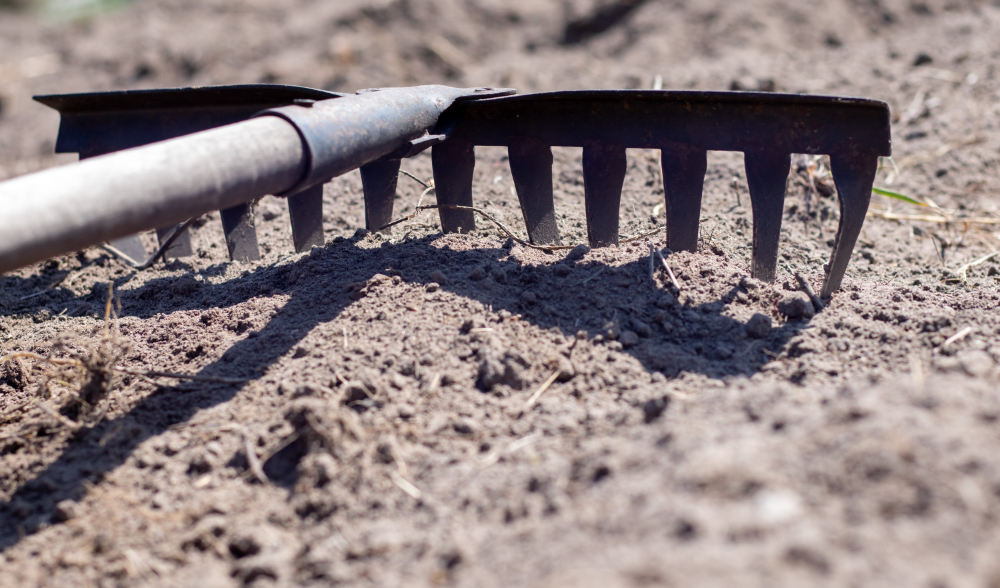
Manual Tools and Techniques:
Hand Tools: Acquire essential hand tools like hoes, shovels, rakes, and pruners for manual garden maintenance.
Manual Irrigation: Use watering cans, buckets, or hoses without electricity for manual irrigation. Drip irrigation systems can also be set up using gravity.
Crop Diversity:
Diversify your garden with a range of fruits, vegetables, herbs, and even perennial crops like fruit trees and berry bushes. This diversity not only provides a variety of fresh produce but also enhances soil health and resilience.
Season Extension:
Extend your growing season with off-grid methods like cold frames, hoop houses, or simple row covers. These structures help protect plants from frost and allow for earlier planting in the spring.
Organic Fertilization:
Incorporate organic fertilizers like compost, aged manure, or organic amendments to enrich the soil naturally. Avoid synthetic chemicals that can disrupt the ecosystem and soil balance.
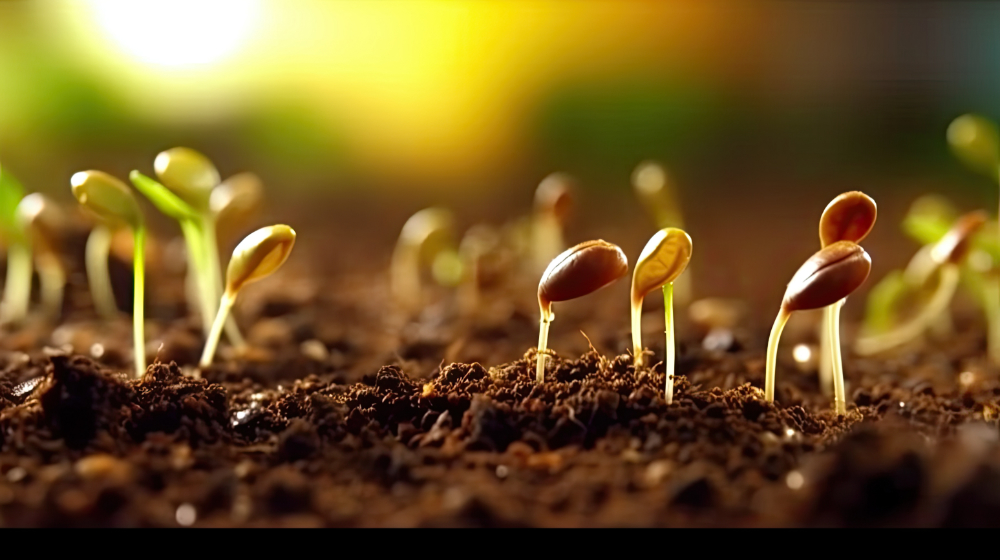
Seed Saving and Propagation:
Master the art of seed saving and plant propagation techniques like cuttings, division, or layering to increase your garden’s self-sufficiency.
Perseverance and Learning:
Gardening off-grid may require more effort and patience, but the rewards are immense. Continuously learn from your experiences, adapt to challenges, and celebrate the abundance of your off-grid garden.
Off-grid gardening is a testament to self-sufficiency, sustainability, and the joys of nurturing life from the soil. By carefully planning, nurturing, and learning, you can create a thriving garden that provides not only fresh, nutrient-rich produce but also a profound sense of connection to the land and the satisfaction of reducing your reliance on external resources.

